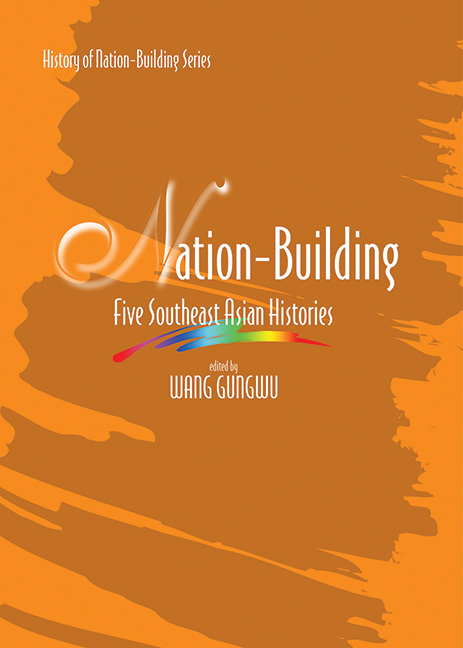Book contents
- Frontmatter
- Contents
- Preface
- The Contributors
- Chapter One Contemporary and National History: A Double Challenge
- Chapter Two Nation and State in Histories of Nation-Building, with Special Reference to Thailand
- Chapter Three Rethinking History and “Nation-Building” in the Philippines
- Chapter Four Writing the History of Independent Indonesia
- Chapter Five Ethnicity in the Making of Malaysia
- Chapter Six Historians Writing Nations: Malaysian Contests
- Chapter Seven Writing Malaysia's Contemporary History
- Chapter Eight Forging Malaysia and Singapore: Colonialism, Decolonization and Nation-Building
- Chapter Nine Nation-Building and the Singapore Story: Some Issues in the Study of Contemporary
- Chapter Ten Nation and Heritage
- Index
Chapter Six - Historians Writing Nations: Malaysian Contests
Published online by Cambridge University Press: 21 October 2015
- Frontmatter
- Contents
- Preface
- The Contributors
- Chapter One Contemporary and National History: A Double Challenge
- Chapter Two Nation and State in Histories of Nation-Building, with Special Reference to Thailand
- Chapter Three Rethinking History and “Nation-Building” in the Philippines
- Chapter Four Writing the History of Independent Indonesia
- Chapter Five Ethnicity in the Making of Malaysia
- Chapter Six Historians Writing Nations: Malaysian Contests
- Chapter Seven Writing Malaysia's Contemporary History
- Chapter Eight Forging Malaysia and Singapore: Colonialism, Decolonization and Nation-Building
- Chapter Nine Nation-Building and the Singapore Story: Some Issues in the Study of Contemporary
- Chapter Ten Nation and Heritage
- Index
Summary
At first glance the ISEAS project on nation-building in Southeast Asia seems dated — a hangover from an earlier scholarly preoccupation. In fact, the reverse is the case. In an era in which the nation-state is under attack from one quarter after another — with books bearing such titles as “The End of the Nation State” — it is timely to review the processes which constituted the nation in the first place. Today we are getting the analytic distance to appreciate better the constructedness of the nation-state — to see it (as Wang Gungwu puts it) as an “idea”. The nation-state cannot now be seen as a taken-for-granted thing. It is a precarious structure, merely one of several options for organizing human communities, and a venture that has always been vulnerable to contest and subversion. In the early twentyfirst century there seems nothing inevitable about the triumph of the nationstate. Now more than ever there is reason to identify the different elements in promoting the emergence of nation-states, if only to see more clearly the possible way or ways in which they might eventually fragment and perhaps disintegrate. In this nation-building, the element with which I will be concerned — influenced, as I am, by the writings of the ISEAS project — is the work of the national historian. My focus will be on Malaysia, where there has been exceptional interest in nation-building narratives. Examining this interest, and the different ways in which the “Malaysia” story is emplotted, throws light on the character of the Malaysian nation-state, and on the process of nation-building itself.
One of the gains of the ISEAS project has been to remind us of the plurality of forms in which nation states have emerged. This is not to deny the great, uni-directional historical forces that have acted across the globe to foster a nation-state architecture — the impact of European colonialism is one that has been recently reviewed. But the differences in nation-state building, and between nations, are at least equally important.
- Type
- Chapter
- Information
- Nation BuildingFive Southeast Asian Histories, pp. 117 - 162Publisher: ISEAS–Yusof Ishak InstitutePrint publication year: 2005



